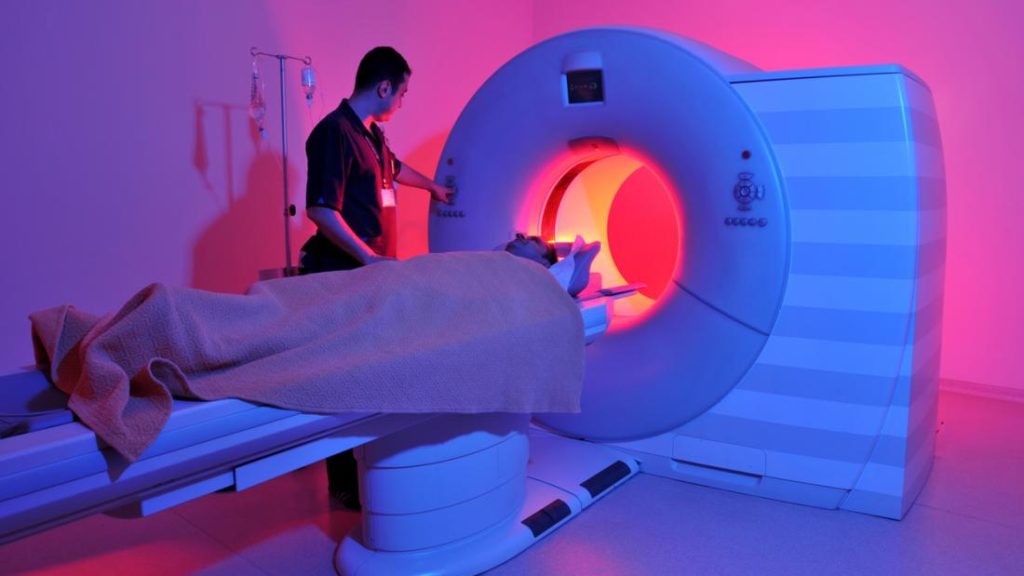
What is imaging: Imaging refers to different tests used in creating images of the part of the body. Medical imaging in Maryland is essential when:
- Screening for any health conditions before the body shows any symptoms
- Finding out what is causing some symptoms
- Monitoring diagnosed health conditions, and the effect suggested treatments are going to have
Imaging also is known as radiology, is done by specialized doctors who are referred to as radiologists.
There are various types of imaging, and they include X-rays, Computed Tomography scans (CT), ultrasound, and MRI. These types of radiology use their special technology in creating images.
The increasing complexity of these types of radiology gives radiologists a broader scope of knowing what’s happening inside the human body.
Imaging technologists and radiology technicians are trained and specialized in using different types of images, i.e., radiographers use X-rays while sonographers use ultrasound imaging.
Common Imaging Choices
Some of the most popular types of imaging are:
- X-rays
- MRI
- CT
- Ultrasound
- Nuclear Medicine Imaging (this includes the positron-emission tomography (PET)
Each uses special technology, and they differ based on their clarity and detail in showing the inside of body tissues. For instance, X-rays usually help in identifying where a bone has broken while MRI imaging helps in finding where a ligament has been injured. And before a health professional chooses the imaging for a patient, they will assess the strengths of each type of imaging.
But there is no better imaging type since each comes with its benefits and drawbacks as some expose the patient to radiation. The health professional is better tasked with finding the ideal imaging type for a patient.
How to Discuss Imaging with a Medical Professional
Before one chooses an imaging test, they must get the relevant information first. They should know about the choices of imaging they have, the benefits and drawbacks of each. Also, they’ll have to consult their medical health professional if they have any concerns or questions arising.
Top Five Questions to Ask before a Radiology Test
Must you take this test?
A test will enable a patient and a health professional to determine or detect a problem; also, it will allow them to monitor their progress and choose the safest or most effective treatment for their condition.
Are there any risks?
Some of the common risks include side effects or getting some findings that are unrelated to your current problem and which may result in additional tests or even treatments.
Are there safer, simpler alternatives?
For instance, a physical examination or a medical history could help the health professional like the imaging; or they could undertake another imaging that doesn’t emit any form of radiation.
What will happen if you don’t take any action?
Consult the doctor if this will worsen the condition or make it better; if they don’t undertake the test at this time.
How much does it cost?
The costs can be classified as emotional, financial, or time factors. And if it may end up bringing extra costs to the community, it will be wiser to look for a better alternative.
Conclusion
Anyone who wished to know more about imaging has found this article worth the read. Ensure you keep in mind the various questions to ask when going for a radiology test. Also, be keen to consider the costs linked to the imaging services.








